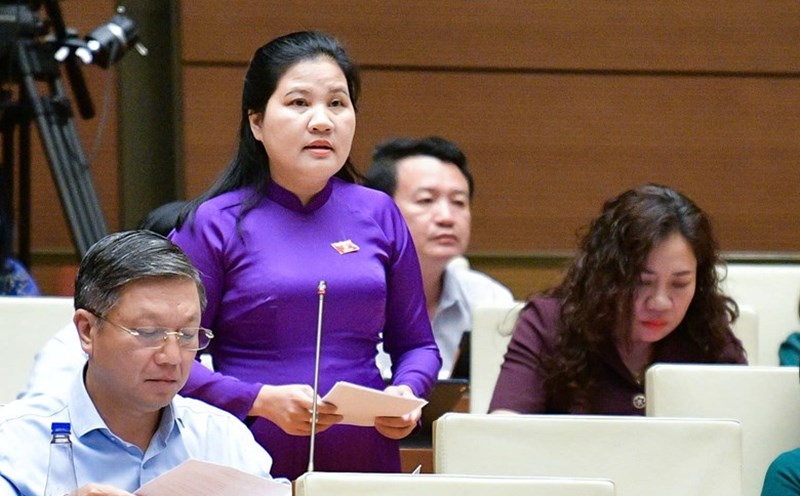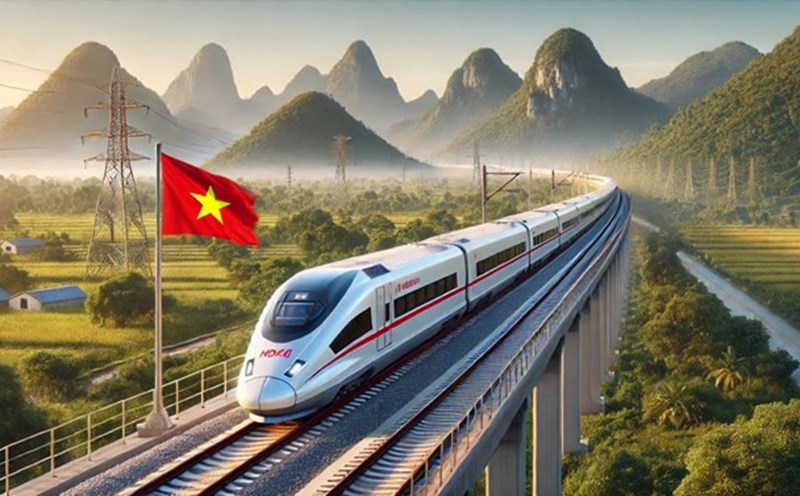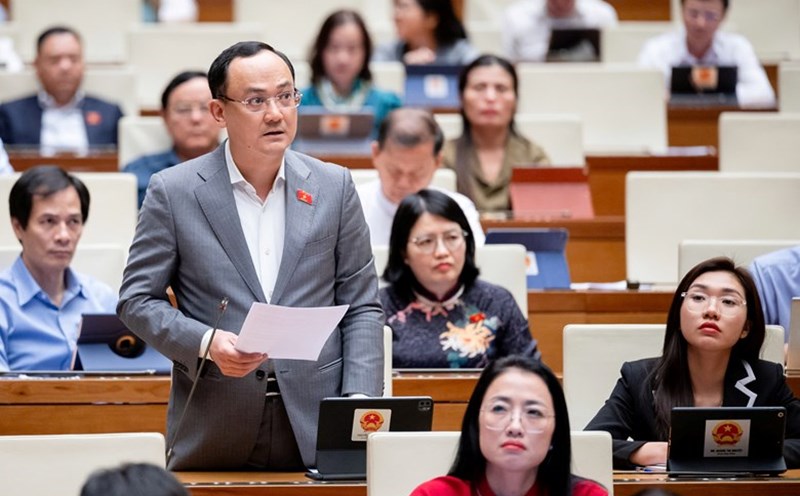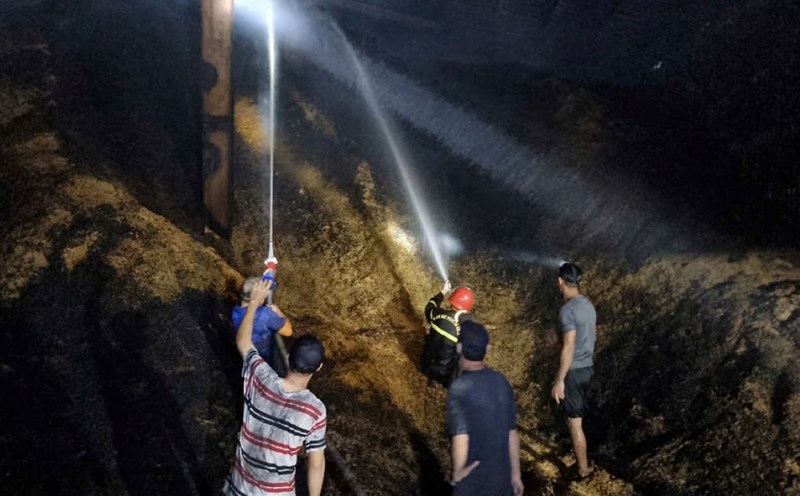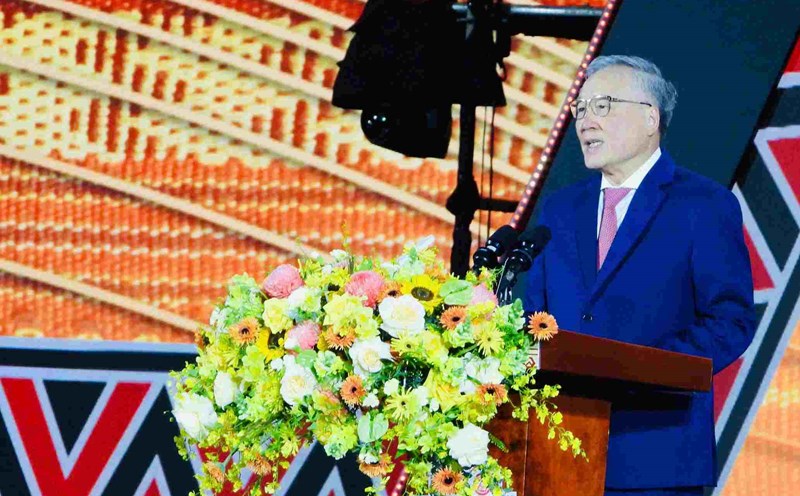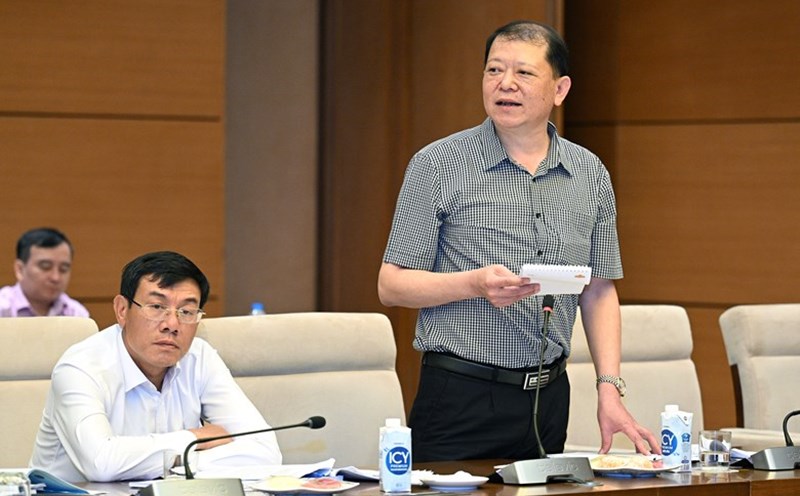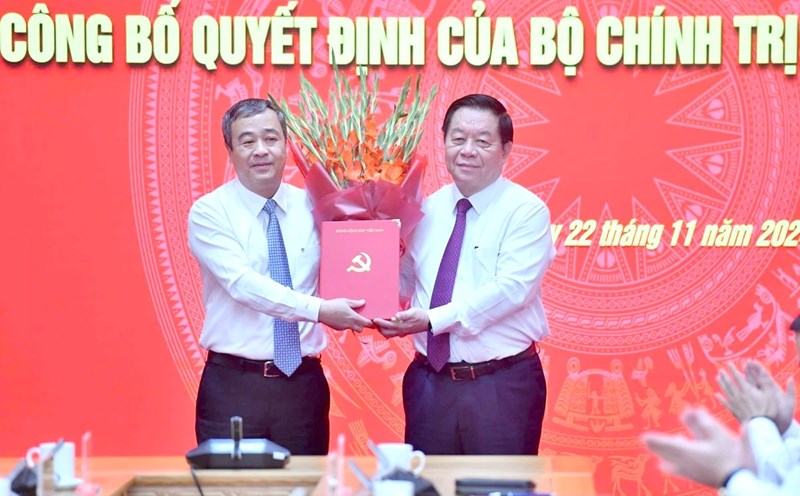On the afternoon of November 20, the National Assembly discussed in the hall the investment policy for the high-speed railway project on the North-South axis. Minister of Transport Nguyen Van Thang explained and clarified the opinions of the delegates.
According to Minister Nguyen Van Thang, the North-South high-speed railway project has been studied for a very long time, with a full 18 years. The Government has directed the dossier to be reviewed, calculated carefully, and consulted the experiences of countries developing high-speed railways in the world to complete it.
“From the forecast results of transportation demand and the country’s potential and position, it can be seen that 2027 is a suitable time to implement the investment. At the same time, the Politburo and the Central Executive Committee have thoroughly discussed the investment policy, factors and conditions for project implementation,” Minister Nguyen Van Thang emphasized.
Explaining the project's suitability with strategies, planning, and plans, Minister Nguyen Van Thang said the pre-feasibility study report presented the suitability of strategies, socio-economic development plans, railway network planning, and related provincial regional planning.
The planning of Hanoi and Ho Chi Minh City has not been approved yet, but the route plan has been integrated into the planning by both cities.
In addition, the Government has directed the need to consider adjusting land use planning, including updating the expected demand for the North-South high-speed railway project to be about 10,827 hectares. Localities have updated the route, works on the route, and land demand for the project.
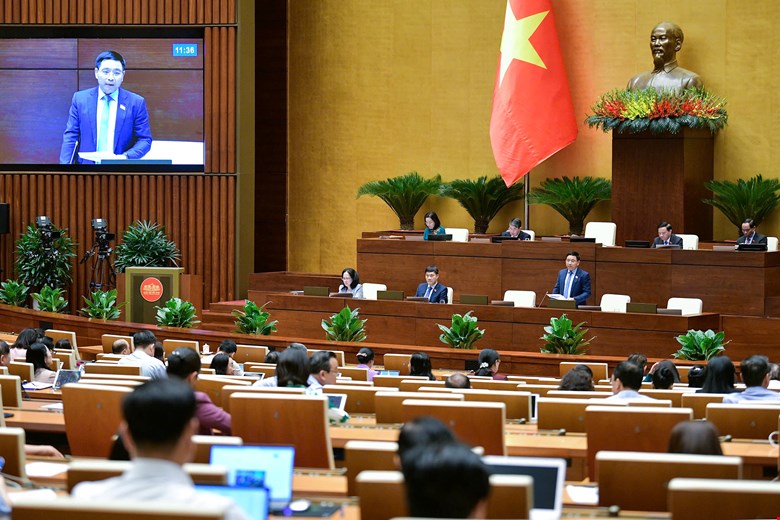
Regarding the group of opinions on the scope, scale and design options. The Minister of Transport said that according to the planning of the North-South high-speed railway, the starting point is at Ngoc Hoi station in Hanoi and the ending point is at Thu Thiem (Ho Chi Minh City).
The Hanoi - Lang Son and Ho Chi Minh City - Can Tho railway sections also have two separate projects and are being implemented very vigorously, especially the Hanoi - Lang Son project.
“Currently, we also plan to borrow capital from China to build and are studying the planning. The Hanoi - Lang Son and Ho Chi Minh City - Can Tho projects will be standard gauge railways carrying both people and goods, with a design speed of 160-200km/h for passengers and an average speed of 100-120km/h for goods,” said the Minister.
In particular, these two sections have a very high demand for goods, so they will have to combine transporting goods and people. For the Ho Chi Minh City - Can Tho project, the Ministry of Transport has studied the pre-feasibility report and is currently arranging funding.
Regarding the station route, Minister Nguyen Van Thang said that the shortest possible options have been selected and the stations have been arranged relatively appropriately.
“Regarding technology, based on thorough, comprehensive, and comprehensive research and evaluation, and experience in developing high-speed railways around the world, the Government has chosen rail-based railway technology that is in line with world trends and ensures modernity, synchronization, safety, and efficiency in operation, maintenance, and convenient technology reception,” the Minister explained.

